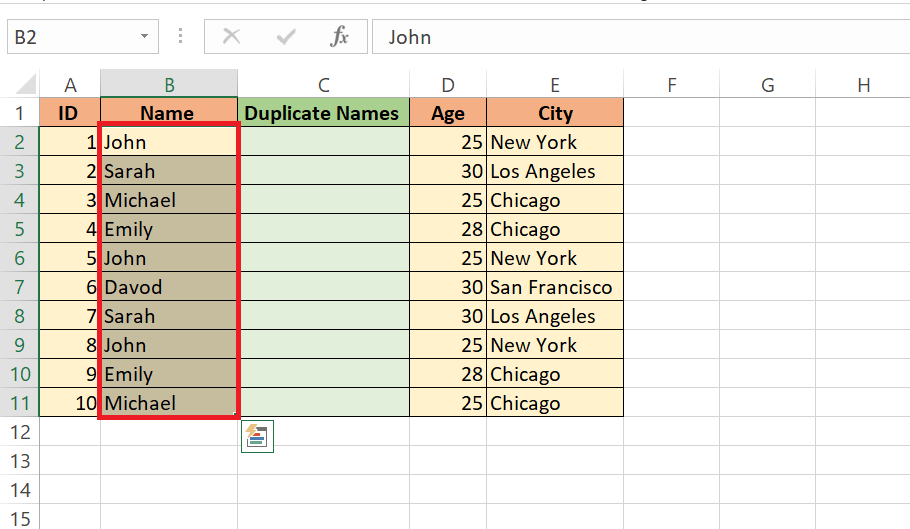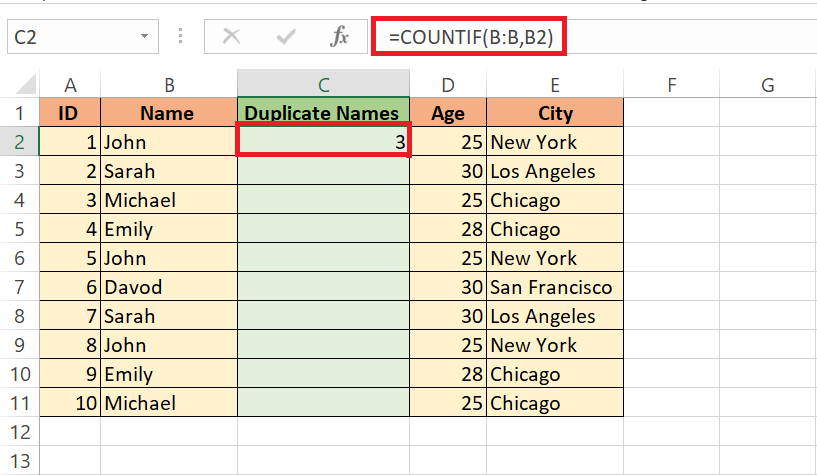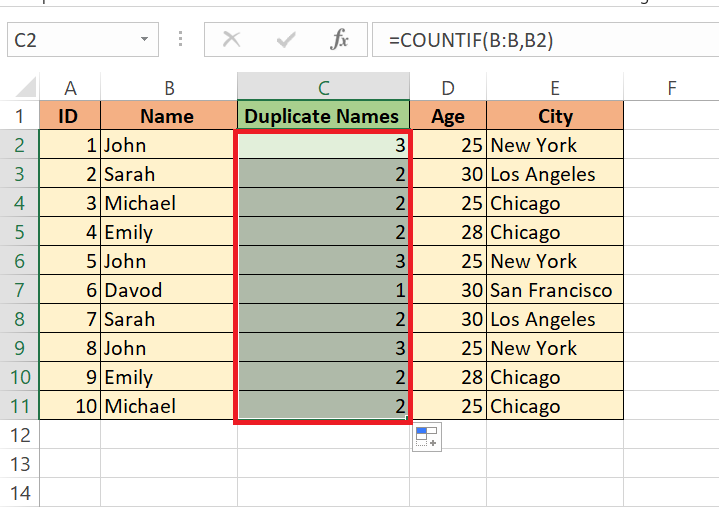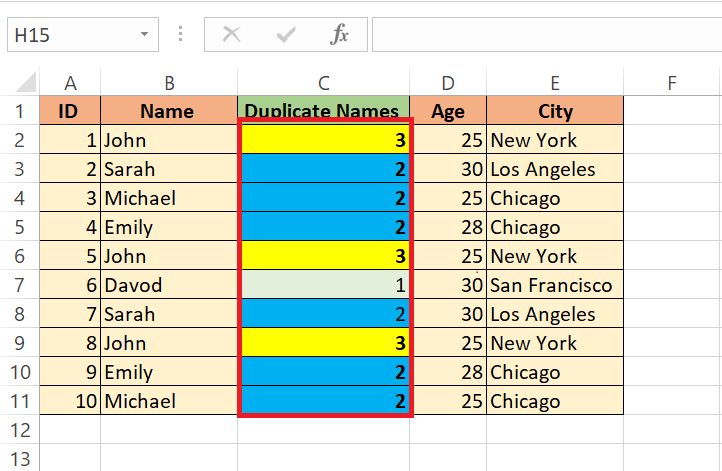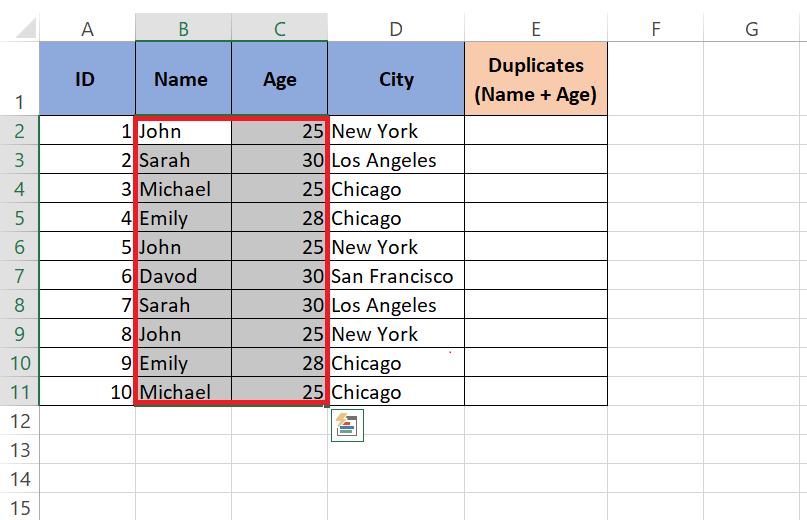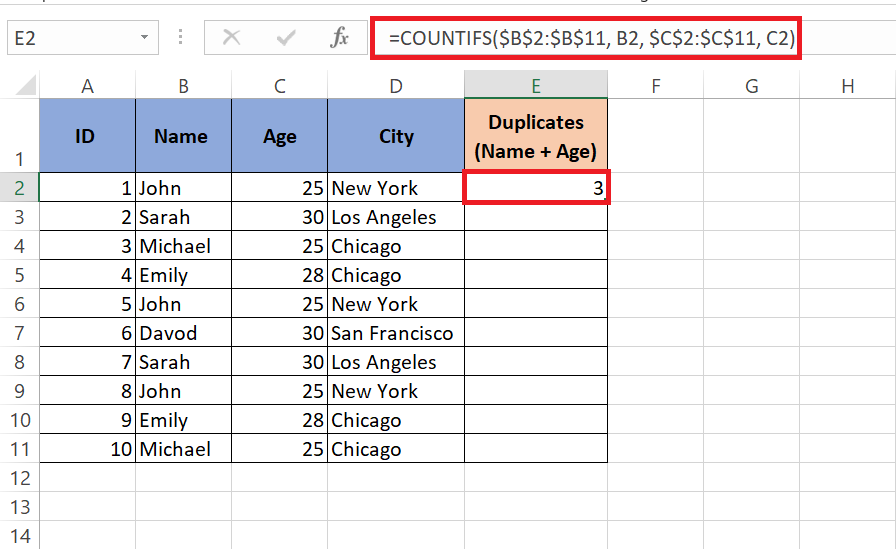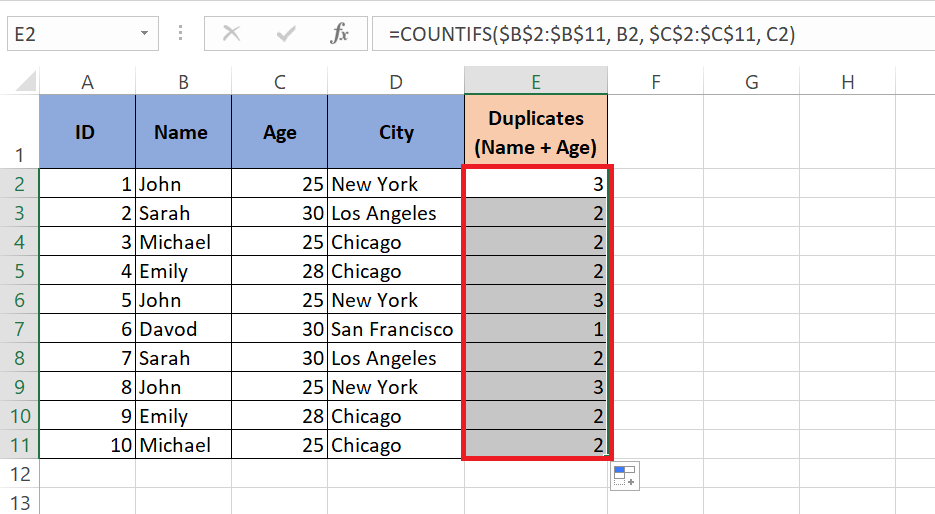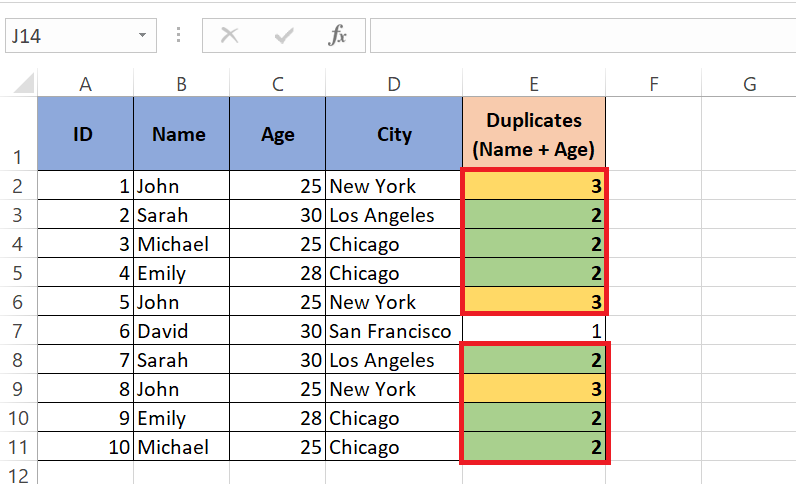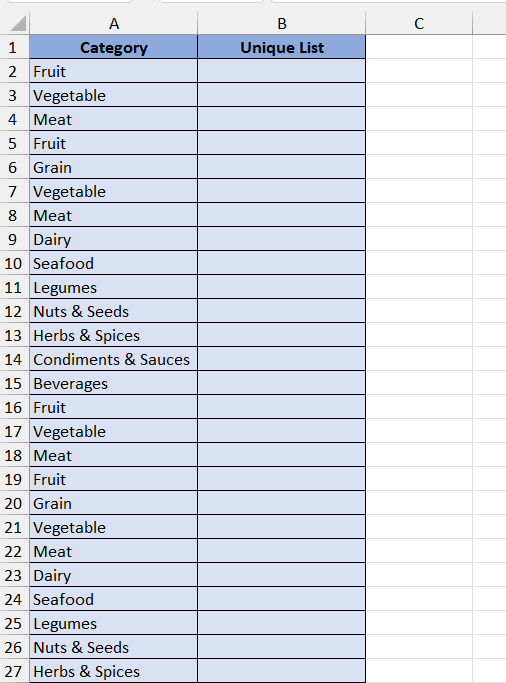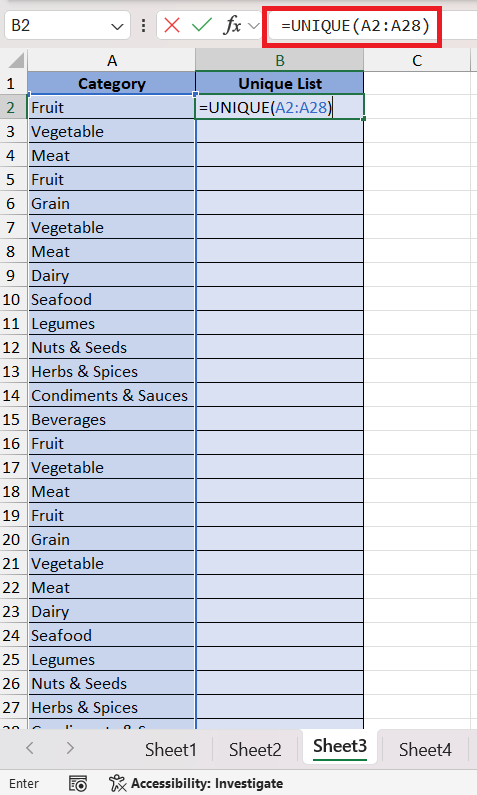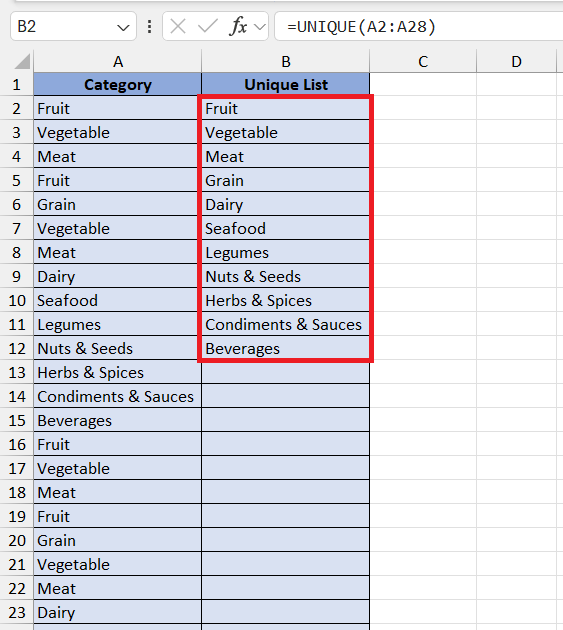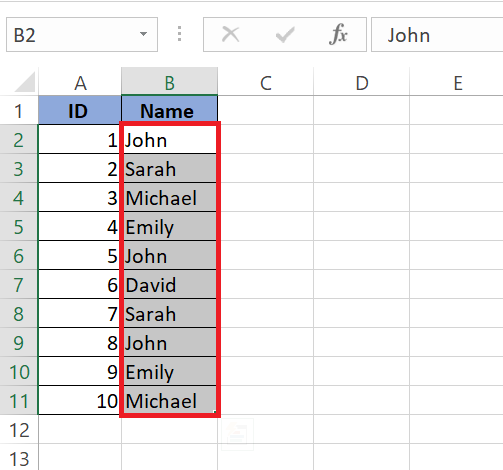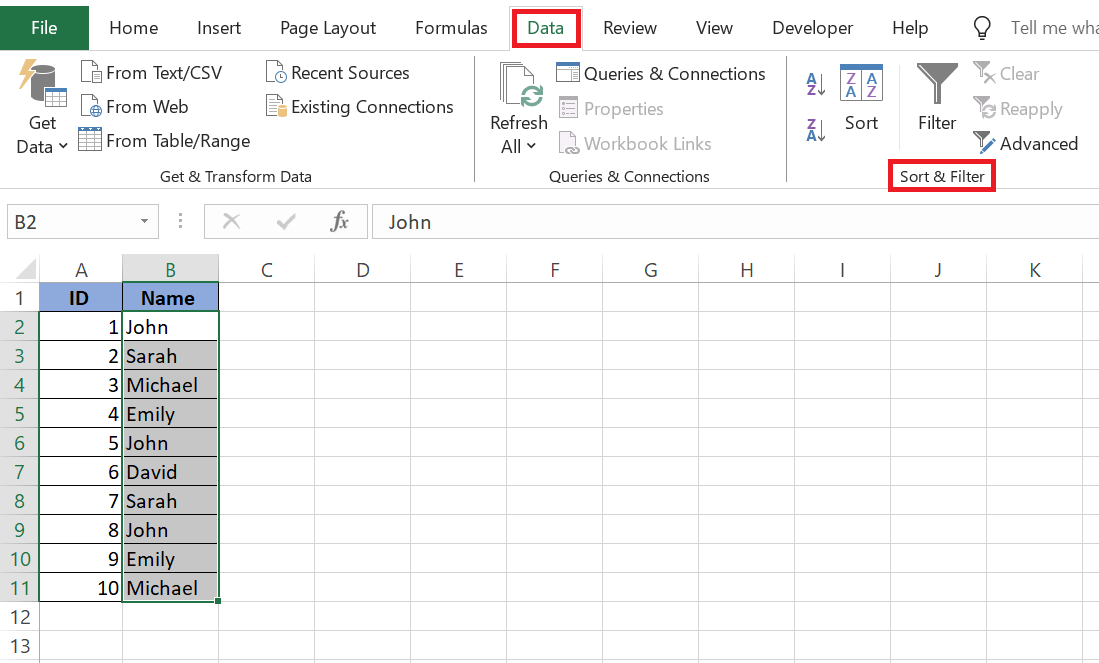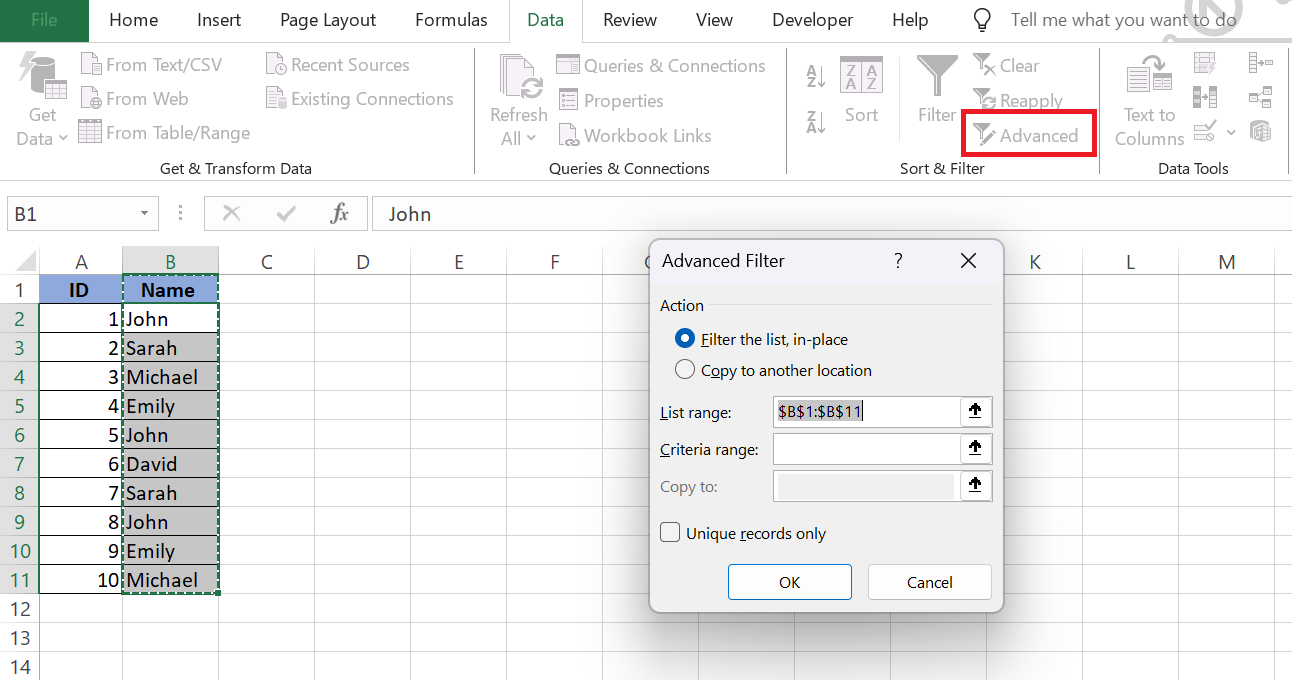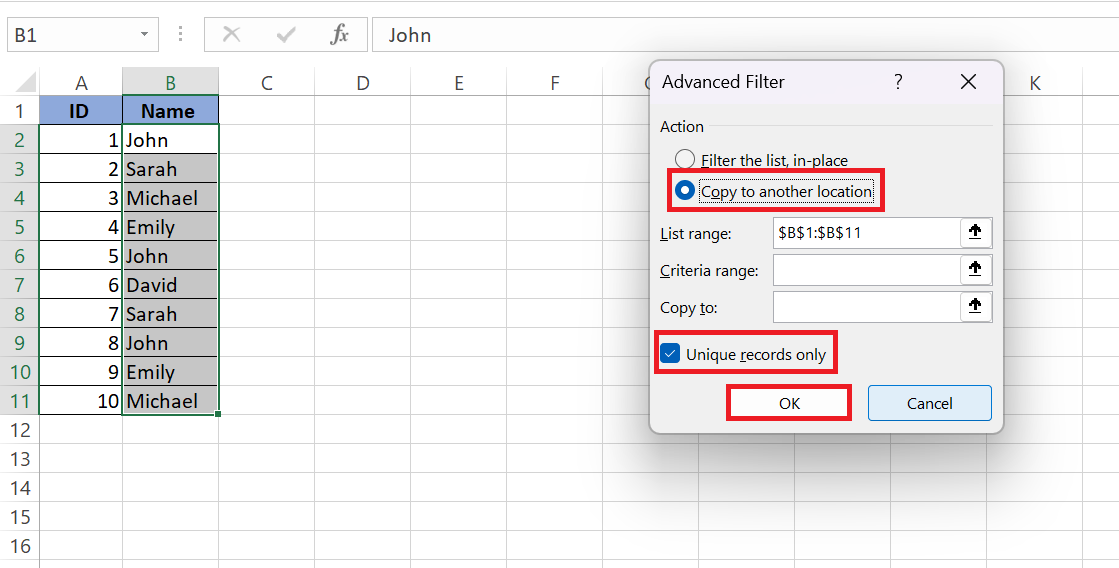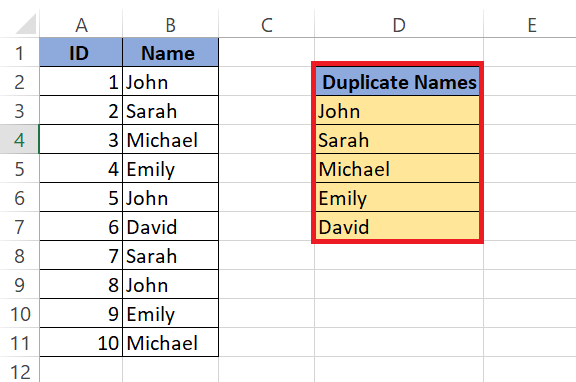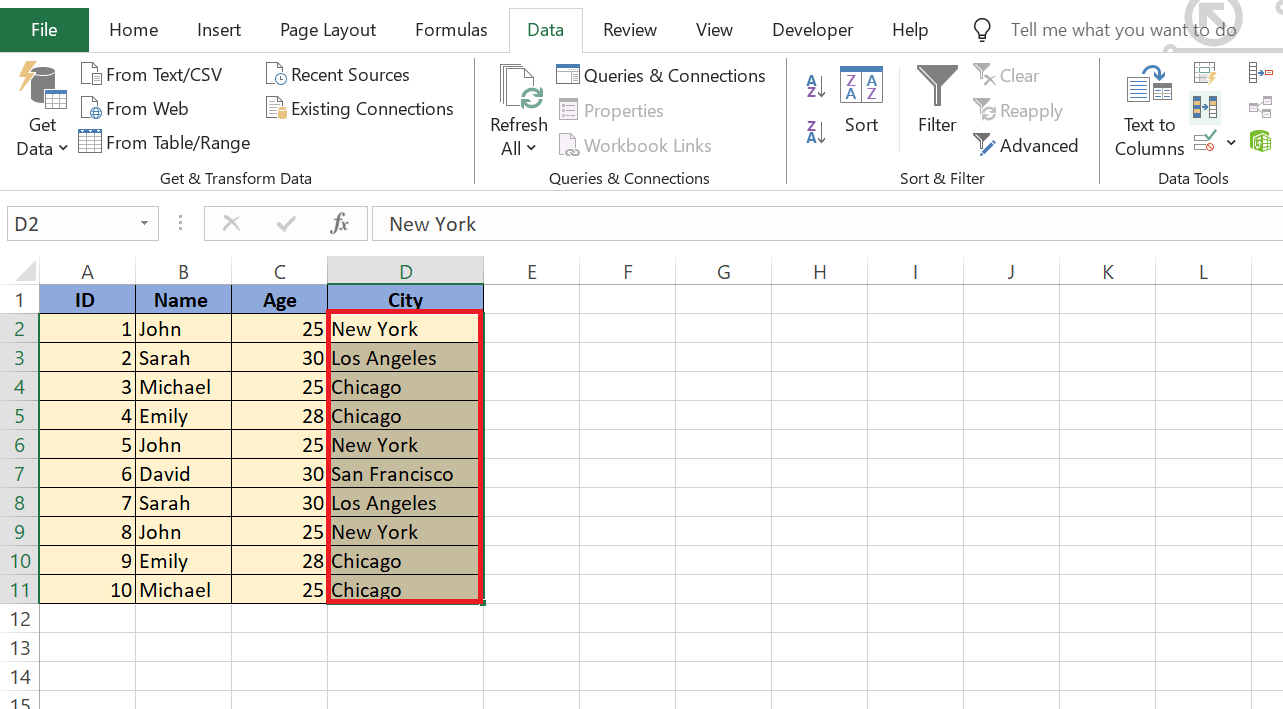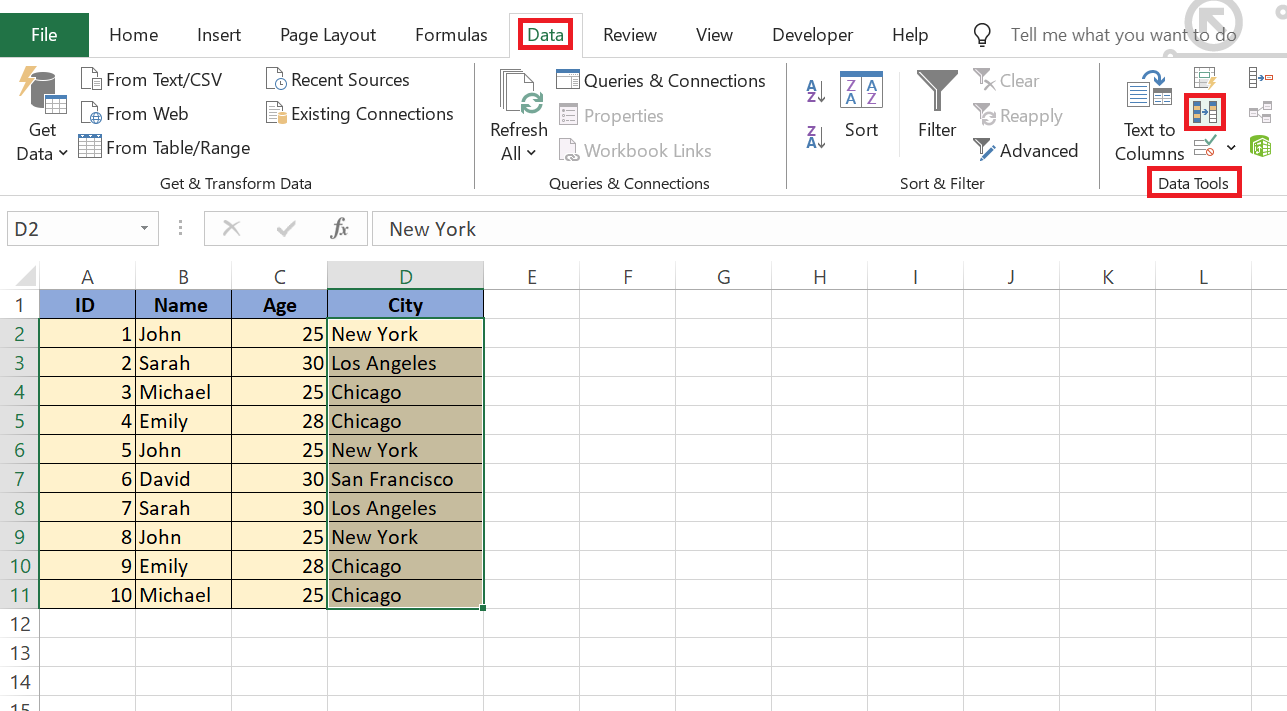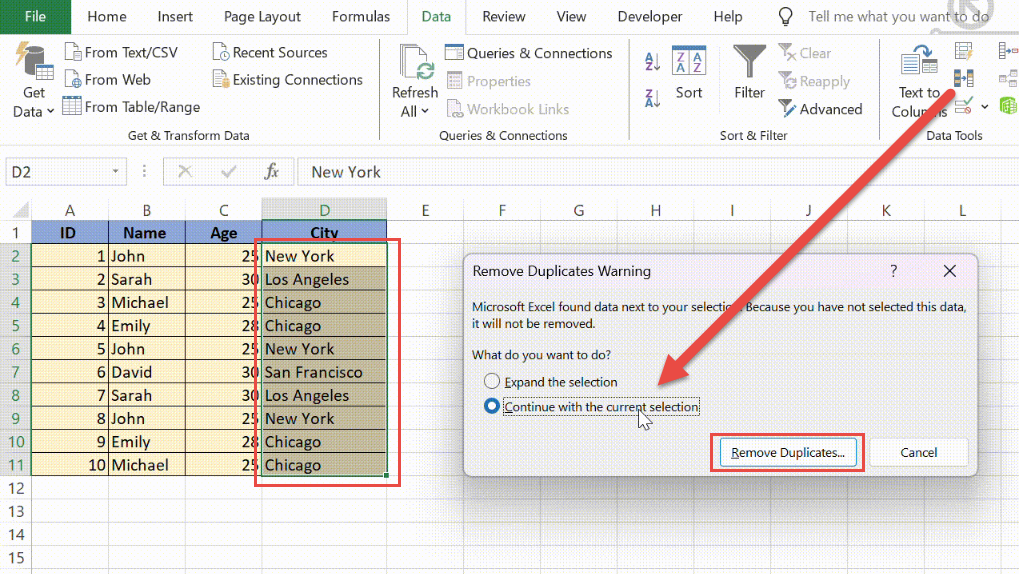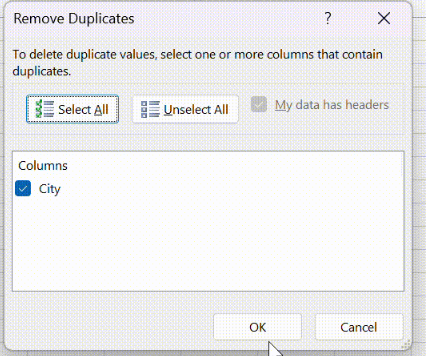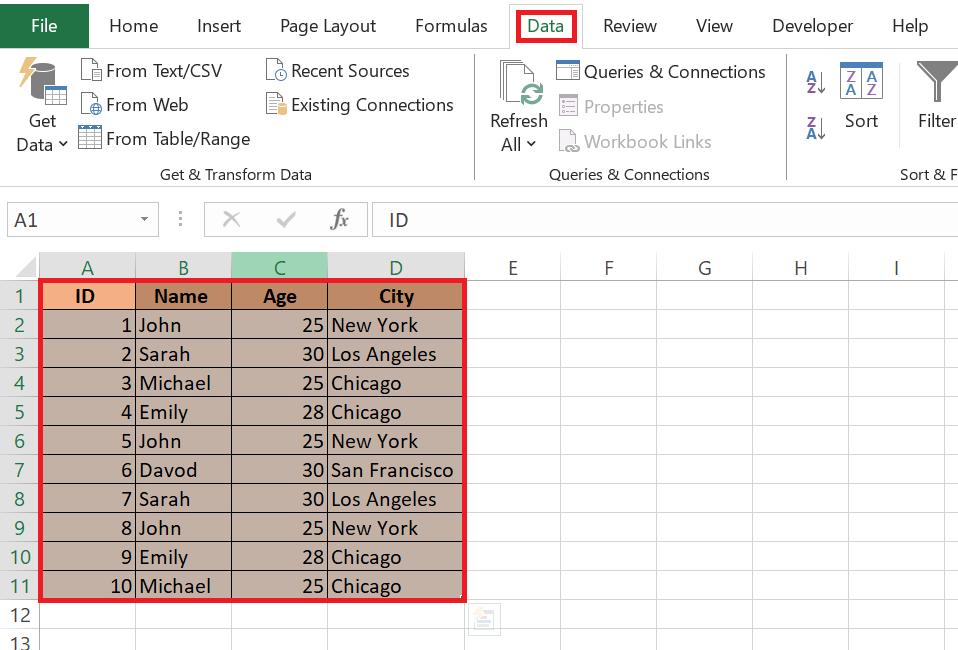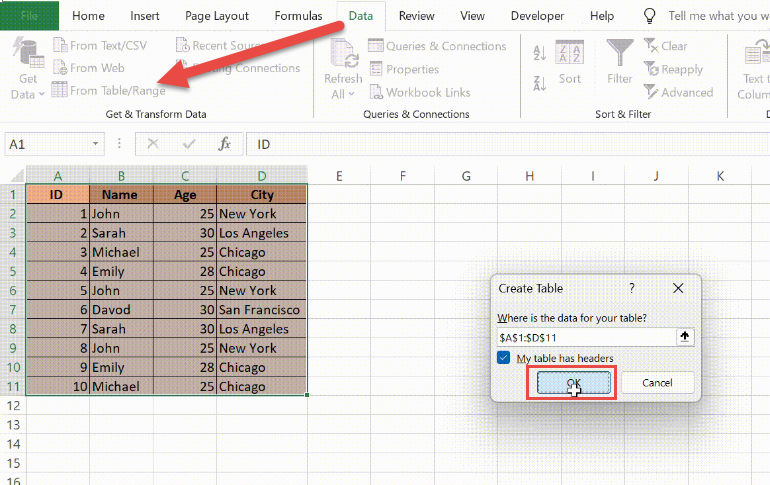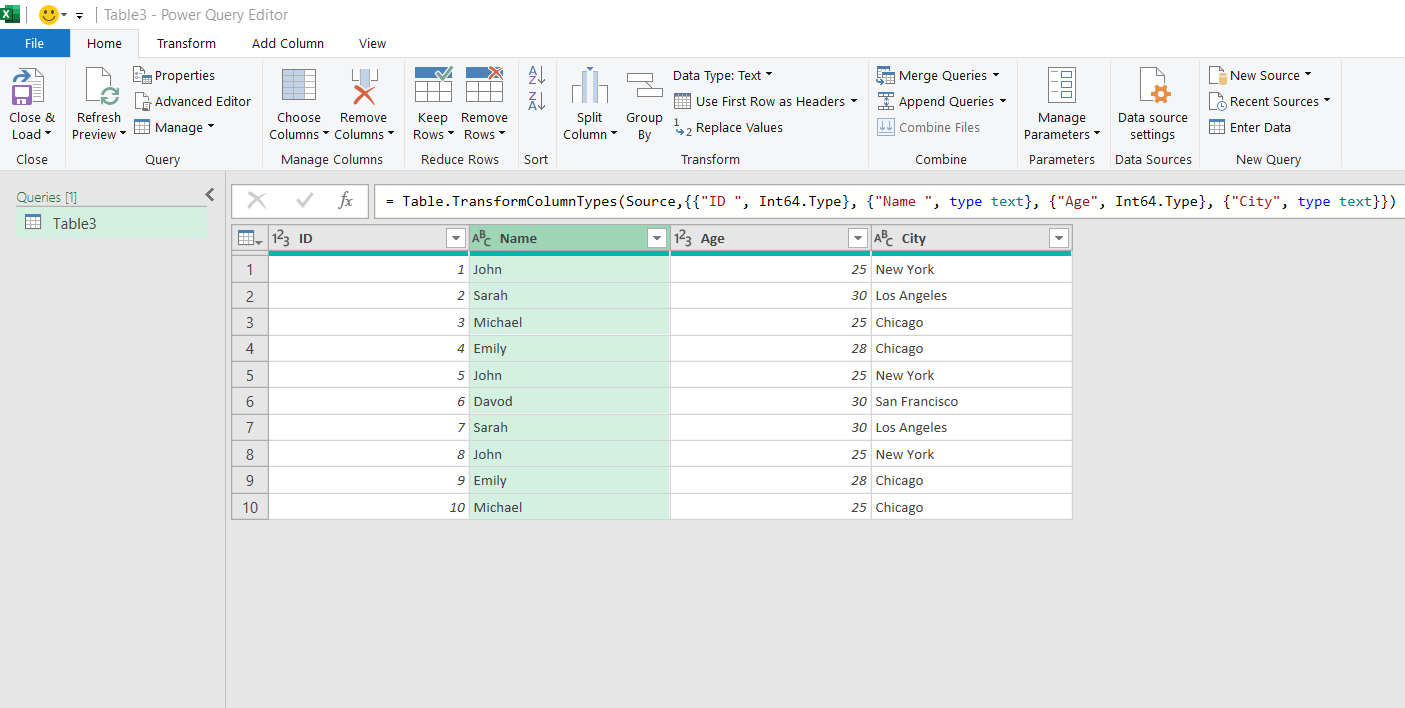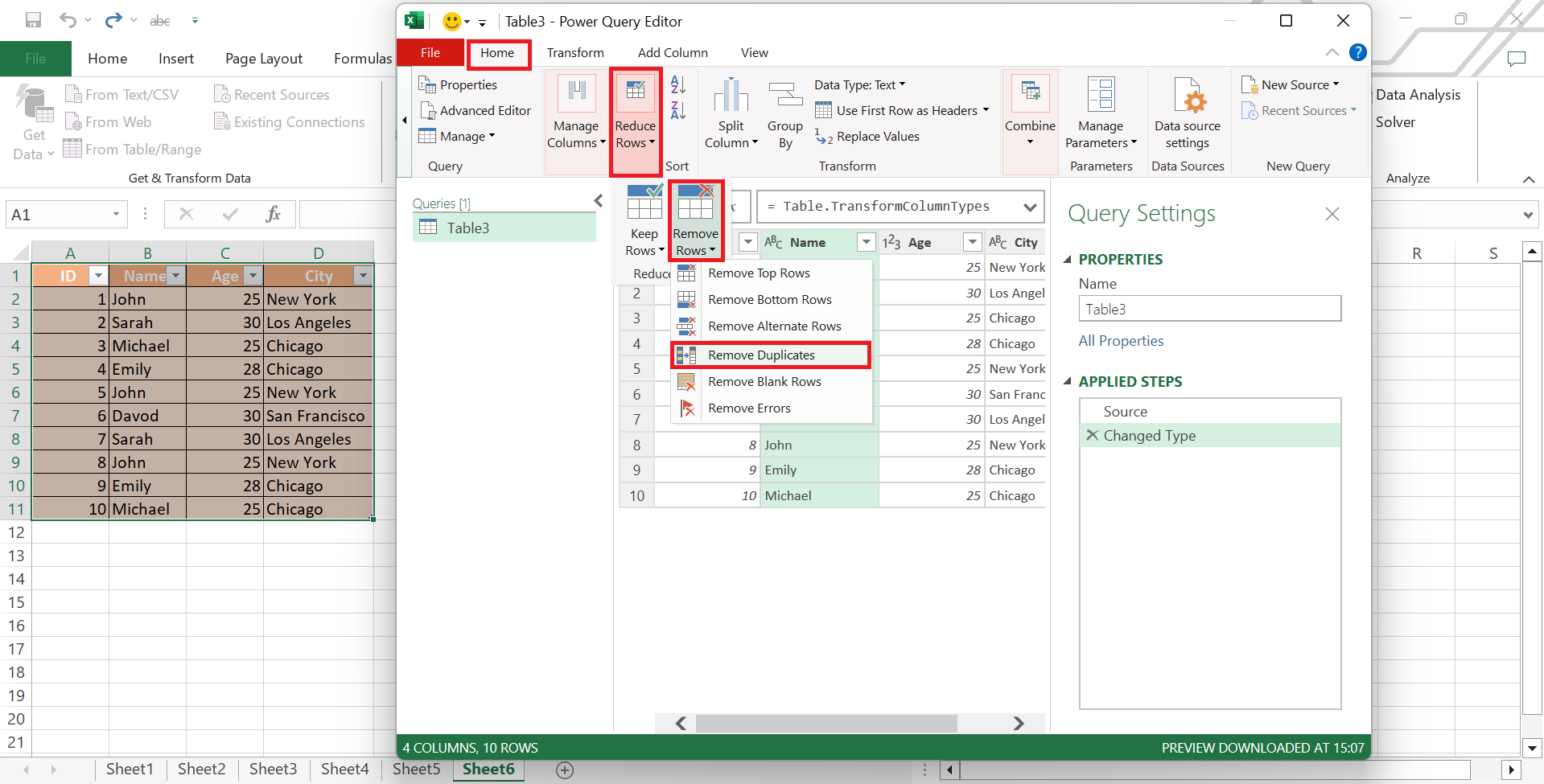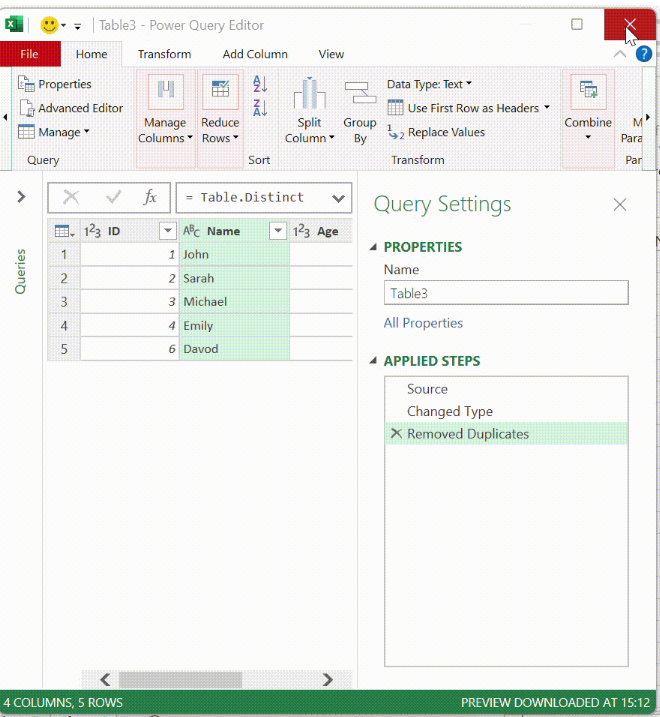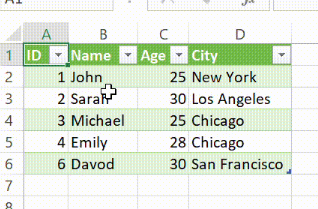Duplicate data in Microsoft Excel can disrupt your data analysis, leading to inaccuracies and confusion. However, Excel offers powerful tools to efficiently manage and count duplicates, ensuring your data remains clean and reliable.
Key Takeaways:
- Excel provides built-in tools like sorting, conditional formatting, and functions such as COUNTIF and COUNTIFS to manage duplicate data effectively.
- COUNTIF is a simple yet powerful function for counting duplicates based on specific criteria, making it easy to identify and quantify duplicate entries.
- Advanced functions like COUNTIFS enable more precise duplicate counting across multiple columns, enhancing your ability to analyze complex datasets.
- Innovative techniques such as using the UNIQUE() function and filters help simplify the process of identifying unique values and gaining unique insights from your data.
- Features like ‘Remove Duplicates’ and Power Query offer dynamic solutions for removing duplicates and performing advanced data manipulation, ensuring your data remains accurate and actionable.
Table of Contents
Introduction to Managing and Counting Duplicates in Excel
The Challenge of Duplicate Data
Duplicate data in Excel can create headaches and roadblocks in your data analysis. Whether you’re working with a customer mailing list or tracking inventory, it’s critical to recognize that duplicates can distort your results, lead to inaccurate reporting, and cause confusion.
But with Excel’s powerful toolkit, you can become a master at managing and spotting those pesky duplicate values swiftly, keeping your data clean and reliable.
Excel Tools for a More Efficient Workflow
Excel offers a selection of built-in tools that enhance your workflow when dealing with duplicates. From simple sorting and conditional formatting to advanced functions like COUNTIF and the robust features of Power Query, managing duplicate data can become an efficient and error-free process.
Let these tools take the drudgery out of duplicate management, as they help you not only identify but also manipulate and analyze your data with greater precision.
Excel Functions for Counting Duplicates
COUNTIF for Simplicity
When you’re starting to get your feet wet in Excel’s ocean of functions, COUNTIF is the lifebuoy you want to cling to for simplicity. Using this function, you can easily count the number of times a specific value appears in a range. All it takes is a straightforward formula: =COUNTIF(range, criteria).
It’s the go-to solution for quickly quantifying duplicates without getting tangled up in more complex Excel functions. Let’s have a look at the steps to count duplicates in Excel using COUNTIF;
STEP 1: Select Range: Choose the column where you want to identify duplicates. For instance, if you’re counting duplicate names, select the column containing names.
STEP 2: Write Formula: In an adjacent column, write the COUNTIF formula. For example, “=COUNTIF(B:B, B2)” where “B:B” represents the entire column and “B2” is the first cell in the chosen column.
STEP 3: Apply Formula & Review Results: Drag the formula down the column to apply it to each cell in the selected range. Each cell now shows the count of duplicates for the corresponding entry.
STEP 4: Identify Duplicates: Entries with a count greater than 1 indicate duplicates.
Advanced Duplicates with COUNTIFS
Diving deeper into Excel’s functionalities, COUNTIFS function comes into play when you’re dealing with more complex criteria across multiple columns. It allows you to count duplicates based on several conditions, which means more power in your hands to tackle intricate datasets with ease
You can hone in on specific duplicate rows by adjusting the criteria within the formula like so: =COUNTIFS($A$2:$A$8, A2, $B$2:$B$8, B2, $C$2:$C$8, C2). This level of precision is invaluable when your data demands nuanced analysis.
To count advanced duplicates in Excel using COUNTIFS follow the steps below:
STEP 1: Construct Criteria: Define your criteria based on which you want to identify duplicates across multiple columns. For example, if you want to count duplicates based on both Name and Age, set your criteria accordingly.
STEP 2: Write Formula: In an adjacent column, use the COUNTIFS formula. Specify each range and its corresponding criteria within the formula. For instance, “=COUNTIFS($B$2:$B$11, B2, $C$2:$C$11, C2)”.
STEP 3: Apply Formula: Drag the formula down to apply it to all rows in the dataset.
STEP 4: Analyze Results: Review the counts to identify duplicate rows that meet your specified criteria.
Innovative Techniques to Count Unique Values
Using UNIQUE() to Simplify Your Task
The UNIQUE() function in Excel is like having a magic wand at your disposal, allowing you to swiftly extract the unique values from a sea of data. With a simple wave—or better yet, a simple entry of =UNIQUE(range), this spellbinding function filters through your selection and returns a list of distinct entries. This means less time spent fishing for duplicates and more time for meaningful data exploration. And the best part?
As your data evolves, so does the output of UNIQUE(), dynamically updating without the need for any manual refresh.
STEP 1: Select Range: Choose the column containing the data you want to extract unique values from, such as “Category.”
STEP 2: Write Formula: In a new cell, enter “=UNIQUE(A2:A28)” where “A2:A28” represents the range containing the data.
STEP 3: Observe Results: Excel generates a list of unique values from the selected range, eliminating duplicates automatically.
As your dataset changes, the output of UNIQUE() updates dynamically.dff77l
Utilizing Filters for Unique Insights
Filters in Excel aren’t just for sorting; they can be a powerful ally in uncovering unique insights from your dataset. By selecting the filter option from the Data tab, you can quickly isolate distinct values, making comparisons or identifying trends as clear as day.
Not only does filtering help in viewing unique entries, but it also simplifies the process of navigating through large sets of data where duplicates might be overshadowing the rare gems you’re seeking.
STEP 1: Select Data: Highlight the column containing the data with duplicates, such as “Name.”
STEP 2: Data Tab: Go to the “Data” tab on the Excel ribbon.
STEP 3: Click Advanced: Under the “Sort & Filter” group, select “Advanced.”
STEP 4: Choose Options: In the “Advanced Filter” dialog box, choose “Copy to another location” and check “Unique records only.” Select the range where you want the unique values to appear, then click “OK.
STEP 5: Excel filters and displays only the unique values in the specified range.
Removing Duplicates with Ease
Quick Removal with ‘Remove Duplicates’
If you’re ready to declutter your dataset, the ‘Remove Duplicates’ feature in Excel is your fast track to a duplicate-free environment. Simply click on the data tab, locate ‘Remove Duplicates‘ under the Data Tools group, and with a few clicks, Excel whisks away the redundancies.
You can choose one or more columns to scan for duplicates, and just like that, you’re left with a pristine set of data. It’s a straightforward, no-fuss approach to keeping your datasets lean and meaningful.
STEP 1: Check the columns you want Excel to scan for duplicates
STEP 2: Navigate to the “Data” tab on the Excel ribbon. Under the “Data Tools” group, select “Remove Duplicates.”
STEP 3: Choose Columns: click “OK.”
Excel removes duplicate rows based on your selection, leaving behind a clean unique dataset.
Dynamic Solutions with Power Query
With Power Query, Excel transforms into an even more potent tool for handling duplicates. This feature is an artisan’s workshop where your data is crafted and refined. You can connect to various data sources, cleanse, and reshape the information precisely how you need it.
When it comes to duplicates, Power Query walks you through a series of steps that allow you to remove them effortlessly, providing you with a dynamic and updatable solution. It not only removes duplicates but also offers a sophisticated space for advanced data manipulation and transformation.
STEP 1: Load Data: Select your dataset and navigate to the “Data” tab.
STEP 2: From Table/Range: Click “From Table/Range” to import your data into Power Query Editor.
STEP 3: In Power Query Editor, select the columns you want to scan for duplicates like here we select “Names”.
STEP 4: Now go to the “Home” tab and click “Remove Duplicates.”
STEP 5: Apply Changes: Click “OK” to remove duplicates. Finally, load the cleaned data back into Excel by clicking “Close & Load.”
Excel Magic in Action: Real-World Examples
Case Studies Demonstrating the Power of Duplicate Management
Picture the transformative impact of effective duplicate management in action. Industry leaders and small businesses alike have harnessed Excel techniques to overhaul their data processes. Consider, for instance, a retail giant that used advanced duplicate identification to cleanse customer data, resulting in improved targeting and less marketing waste. Or a financial institution that streamlined transaction records to prevent fraud. These case studies not only underscore the utility of Excel know-how in managing duplicates, but they also showcase the profound effects on operational efficiency and data-driven decision-making.
Transforming Data Analysis with Effective Duplicate Handling
Effective duplicate handling in Excel can utterly revolutionize your data analysis. It’s not just about keeping your spreadsheets tidy; it’s about embracing accuracy and maximizing the integrity of your decision-making process. When a healthcare provider corrects patient records by eliminating duplicates, patient care improves dramatically. Or when a researcher filters through data noise to uncover unique occurrences, the findings become significantly more reliable. These scenarios reveal the sheer transformative power of adept duplicate handling, converting raw data into actionable and trustworthy insights.
FAQ: Tackling Common Questions on Duplicates in Excel
How can I count duplicates but exclude the first occurrence?
To count duplicates in Excel while excluding the first occurrence, use the formula =COUNTIF($C$2:$C$8, E2)-1, placed in the adjacent column to your data range. This will count duplicates for each entry but subtract one, effectively ignoring the first instance. It’s perfect for instances where you want to identify and work with only the repeated entries in your data set.
What’s the most efficient way to find and remove duplicates in large datasets?
The most efficient way to find and remove duplicates in large datasets is by using the ‘Remove Duplicates’ feature under the Data tab. For even larger or complex data, Power Query is highly effective, as it processes data swiftly and offers advanced deduplication options with the added benefit of automation for repeating tasks.
Is there a way to count duplicates in Excel?
Yes, you can count duplicates in Excel using the COUNTIF function. Apply the formula =COUNTIF(range, value) to return the count of how many times a specific value appears within that range. This method is useful for identifying the frequency of duplicate entries in your data.
How do I count matching cells in Excel?
To count matching cells in Excel, utilize the COUNTIF function. The formula =COUNTIF(range, "criteria") helps you tally up cells that meet a certain criterion. For example, to count cells that exactly match “Apple”, use =COUNTIF(A1:A10, "Apple"). It’s a straightforward way to quantify matches in your range.
How do I highlight duplicates in excel?
To highlight duplicates in Excel, use Conditional Formatting. Select the cells you wish to check, go to the ‘Home’ tab, click ‘Conditional Formatting‘, then ‘Highlight Cells Rules’, and choose ‘Duplicate Values. Pick your desired formatting style, click ‘OK’, and Excel will spotlight your duplicates for easy identification.
John Michaloudis is a former accountant and finance analyst at General Electric, a Microsoft MVP since 2020, an Amazon #1 bestselling author of 4 Microsoft Excel books and teacher of Microsoft Excel & Office over at his flagship MyExcelOnline Academy Online Course.

